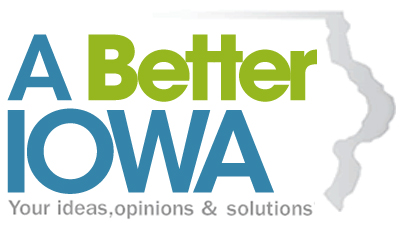Just Between Us
Posted July 8, 2012
There are unforeseen consequences when a communication or a transaction we assume to be private becomes public. The challenge for us is recognizing boundaries that continue to change as information technology, digital communication and freedom of information reshape societal interests and expectations.
I still find it amazing we are sometimes blind to situations that are obvious risks personally, professionally and organizationally. Any of us who have been fitted with a wireless microphone routinely are warned to ensure the device is switched off before we engage in private conversation or make use of a restroom. I made the mistake once of placing a phone call to a colleague between conference sessions while wearing a live mic. I was oblivious until someone tapped me on the shoulder to indicate everyone could hear my conversation. Mercifully, the content was routine and inconsequential, but it served as a reminder to me any private communication can become immediately and unintentionally public. The challenge is when the communication proves to be controversial, consequential or both.
Did former Congressman Anthony Weiner really believe he could tweet suggestive photos without any repercussions? Was former Superintendent Nancy Sebring unaware email messages sent through an employer’s system are the property of the employer? Was the congregation of the Apostolic Truth Tabernacle Church in Greensburg, Ind., oblivious to the fact that virtually everyone carries a digital camera capable of video and audio recording?
Most would conclude these communications, intended to be private, became public through an incredible lack of common sense and professional judgment. Yet to what extent should we be assured of individual or collective privacy for communication intended for another individual or a limited audience? The practical reality is anything we communicate digitally should be considered public. Most communication, however, is dull enough to avoid any wider interest. It’s when the communication betrays something deeper that we expose ourselves to scrutiny. Matters of infidelity, dishonesty, impropriety and insensitivity are likely to draw criticism and potentially condemnation.
Communication is challenging enough, but what about transactions we believe to be private?
John Dewey in his classic 1927 work, The Public and Its Problems, asserts the following:
We take then our point of departure from the objective fact that human acts have consequences upon others, that some of these consequences are perceived, and that their perception leads to subsequent effort to control action so as to secure some consequences and avoid others. Following this [clue], we are led to remark that the consequences are of two kinds, those which affect the persons directly engaged in a transaction, and those which affect others beyond those immediately concerned. In this distinction we find the germ of the distinction between the private and the public. When indirect consequences are recognized and there is effort to regulate them, something having the traits of a state comes into existence. When the consequences of an action are confined, or are thought to be confined, mainly to the persons directly engaged in it, the transaction is a private one. (p. 12)
If we accept Dewey’s reasoning, the line between private and public transaction is a matter of understanding the potential consequences for any decision.
Some transactions fall into clear categories of privacy. If a private entity lawfully sells a good or service to another private entity, where there is no consequence beyond those directly engaged, then the action is widely accepted as private. Some aspects of a private transaction may be recorded publicly and may be subject to regulation, but for all practical purposes the transaction is private. Other transactions are more clearly public when there are direct consequences affecting the public interest or public trust involving a governmental institution, agency or entity.
The problem is when we mix private interests and indirect consequences in the public domain. Did the leadership of Penn State in arranging retirement provisions for Joe Paterno complete a private transaction with a private individual without consequence? Are severance agreements for public employees approved by governing bodies a public transaction with the potential consequences clearly understood?
When private communication that is controversial or consequential is unintentionally made public, it typically leads to personal embarrassment and professional loss coupled with societal criticism and condemnation. When private transactions intersect with the public interest through indirect consequence, the public trust is violated and public confidence is eroded. In situations like these, it can never be “just between us.”
This piece was originally written for The Des Moines Register’s A Better Iowa, where President Mark Putnam served as a featured columnist.
About the Author

I'm the lucky individual who carries the title, 21st president of Central College in Pella, Iowa. Passionate about higher education and the issues facing it and the world today, I hope to invoke an engaging conversation with all who are ready to dig in, make a difference and build for the future. Share your thoughts. I'm listening and interested.

